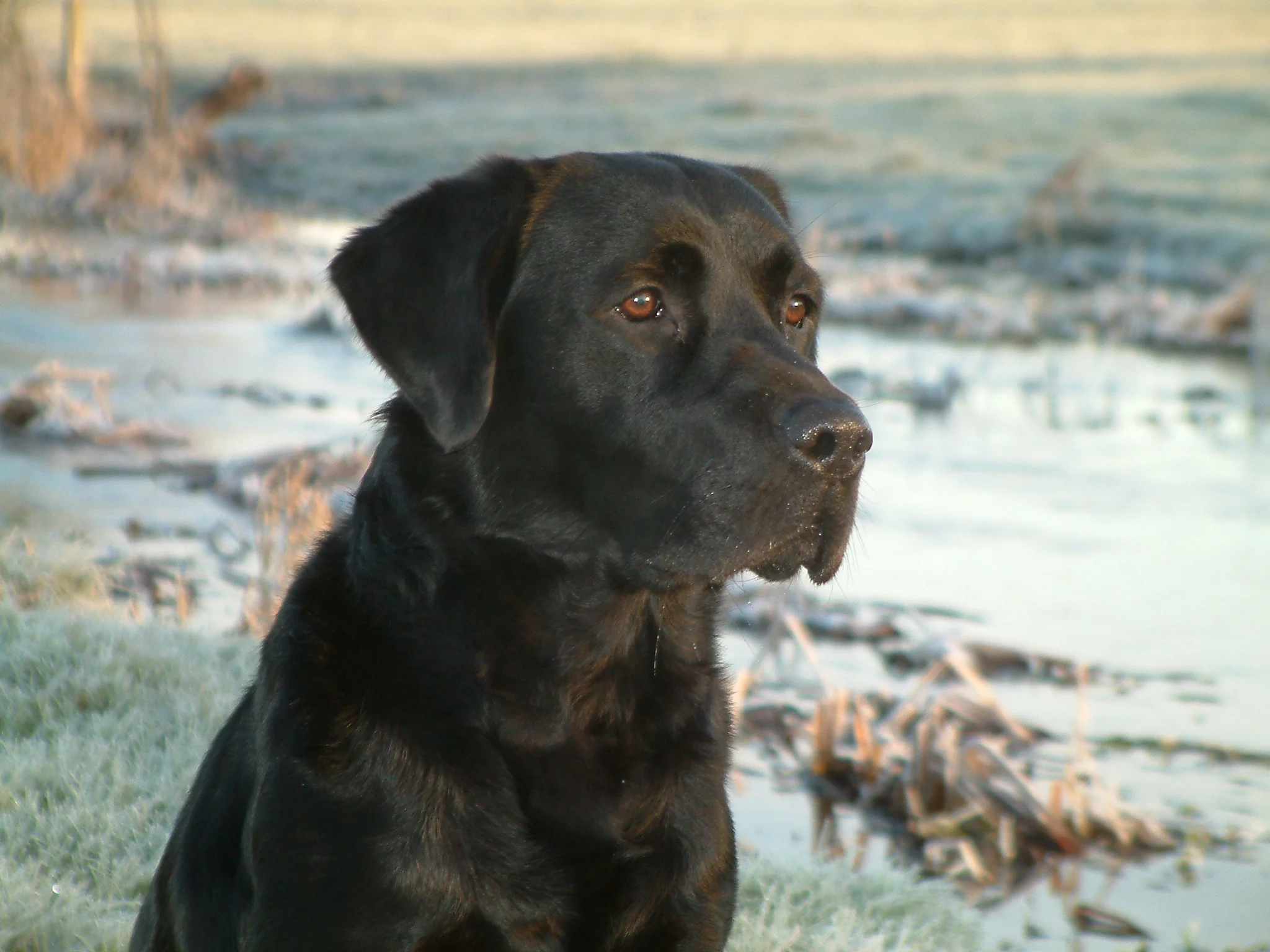The patent "crowdsourcing" topic, although addressed before, appears to be gaining some momentum. We know that Peer-to-Patent offers access to its website to spur the patent crowdsourcing initiative. As suggested by Peer-to-Patent, Eric Schmidt, and others, crowdsourcing the patent review process may help the PTO avoid issuing broad patent claims. One problem still remains - how to apply crowdsourcing to the patent landscape whether at the PTO, for litigation, or in reexamination.
For example, Article One Partners is in the process of applying crowdsourcing to prior art search. Peer-to-Patent applies crowdsourcing to prior art selection, with small doses directed towards analysis. Prior art analysis, or tools to aid in analyzing the prior art specifically against claims, remain in the background of these efforts. For crowdsourcing the actual prior art analysis, there's not much out there.
Although Lithosphere Software offers a set of patent tools directed to prior art analysis linked to patent claims, these tools are primarily designed for patent litigation to create invalidity contentions and invalidity charts. Schmidt's suggestion below is a good one, but very labor intensive, and still is not directed at how to organize the analysis.
Schmidt suggested that the real problem with the current patent landscape in the U.S. has longstanding causes; in the early ’90s and early 2000s, he said, there were a lot of patents issued that “were very broad”, and that patent clerks are now spending a lot of time combing through and invalidating these older patents. The best way to address this problem, he said, is to take the patents as they’re published and crowdsource them. The best way to potentially curb these patent wars, then, would be to publish the patents publicly and allow “everyone to comment to see if there’s any prior art”, he said.
via Google Chairman Eric Schmidt Weighs In On Patent Issues: They’re ‘Terrible’ | TechCrunch.
We have considered how to extend our patent tools, possibly simplify them, to make them more appropriate to non-patent lawyers. The gap in crowdsourcing patent and prior art analysis right now is how to allow "everyone to comment to see if there's any prior art." Once prior art is identified, the next logical step is matching the prior art to the claim language.
Once you check out Lithosphere Software's platform, let us know how you think we could simplify our platform to improve it for use by the general public to achieve that elusive "how."





